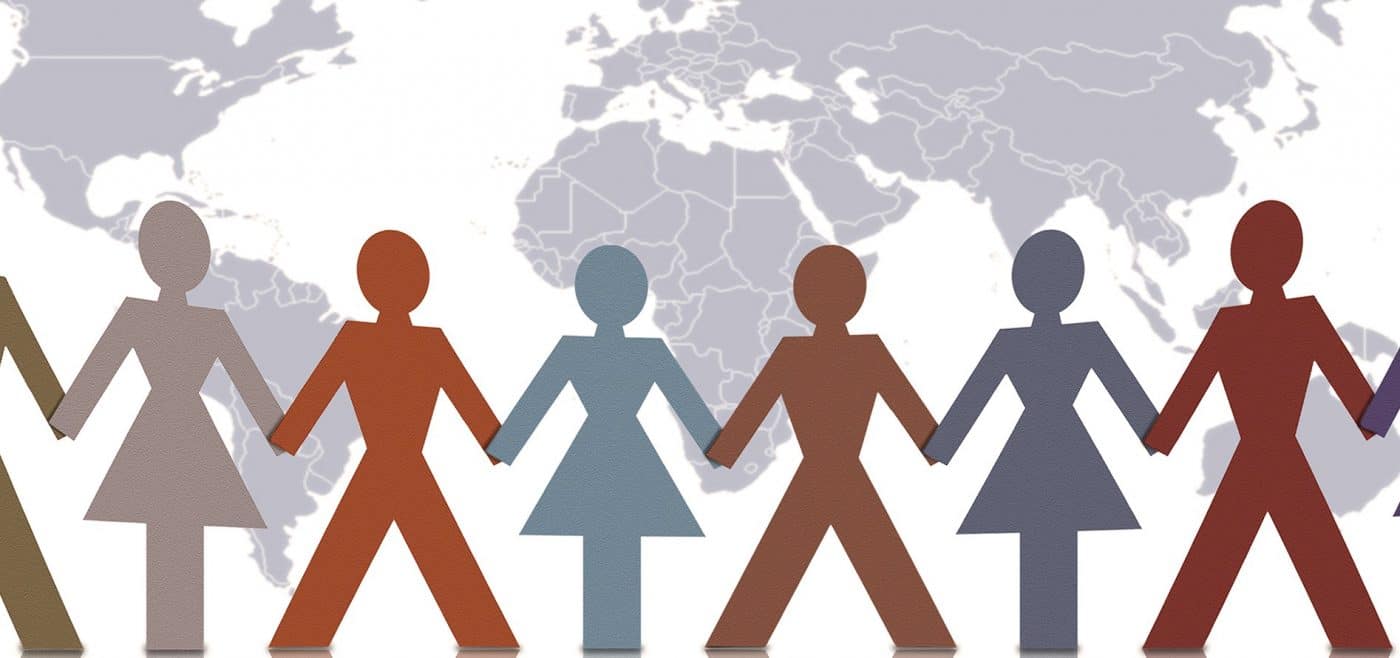What is web site localization?. This refers to the process whereby your web site is not only translated into another language but optimized for that particular market – making it linguistically and culturally appropriate.
Why do you say ‘localization’ and not just ‘translation’?
Localization is more than simple translation of the written elements of a software package. After the translatable parts of your web site, its on-line help, and its documentation have all been translated, we have to ensure it is properly formatted. We must be certain the links work and that it is both culturally and linguistically appropriate. There will often be a vastly different number of words than in the original, and those new words will be of different lengths to the original. This may effect the look and feel of an image and the site.
In terms of technical details, everything will need to be re-engineered.
In terms of translation, there are many cultural factors related to your web site or software, its documentation and the target culture in general, which need to be taken into account.
Some examples of cultural differences…
Different Expressions in Various Languages:
Company names, dates, time, addresses, phone numbers, weights and measures, etc., are all expressed in unique ways in each language and/or country. Moreover, unique information cannot be exactly translated into other languages.
Date and Time:
There are three methods of expressing written dates:
Year-month-day, as in Japanese, Chinese, Korean etc.
Month-day-year, as in American English etc.
Day-month-year, as in British English, French, German etc.
The abbreviated expressions such as 8/3/01 must be avoided as this could read August 3, 2001, or 8th March 2001. Some countries and regions, such as Japan, Taiwan, Arabic countries, Israel, etc., use unique calendars.
Weights and Measures:
Whilst the system of pounds, miles and gallons is used in America. The metric system of kilograms, centimeters and liters is used in Australia and Japan. The UK tend to use both systems. *Note how even the terms centimeters and liters have equivalent localized spelling for the UK and Australia: Centimetres, Litres.
In your recipe for a particular dish in Japan for example, you would most likely want to add the weights and measures in ounces, pints, inches and degrees Fahrenheit.
Numbers: While the English and Japanese write ‘16,989.34’ those from France, Italy, Germany, Spain and elsewhere on the European Continent use ‘16.989,34’.
The American billion (1,000,000,000) is the British thousand million. The American trillion, the British billion.
Colors:
Colors should also be taken into consideration, even a ‘stoplight’. In the US, the colors in a stoplight are Red – Orange – Green. In Japan the colors are Red – Orange – Blue. And in England they are Red – Amber – Green.
Unless you are highly aware of the nuances of a lot of cultures, you need advice about cultural norms. WorldLingo has the experience, the knowledge and the professional expertise to help you get it right and avoid those ‘marketing mishaps’ that can cost you time and money.
Why would I need to localize my web site?
Quite simple, to increase the size of your market. A product released solely in English is missing out on vast segments of existing and emerging markets worldwide. You may have spent millions developing your product or service. For an incremental extra investment, your potential market can be doubled, tripled, or more.
Also, in some countries (Spain and France, for example) it’s the law. You cannot just release the English-language version alone. You have to provide a localized version.
Another important reason for localizing your product is that it represents good PR and heightens your corporate credibility. You will be seen as a global player and one who respects and appreciates the cultures and customs of other countries.
Which language should I localize into?
In order to decide which language you should localize into, you need to consider how much potential market is in particular overseas market. The most common languages for localization are French, Italian, German and Spanish known as FIGS in the localization industry.
To crack into Northern Europe, try Dutch, Danish, Norwegian and Swedish (DDNS). For the Asian market there is Chinese, Japanese and Korean, (CJK) but bear in mind that, since Japanese is a double-byte language, it requires slightly more effort. In the Chinese-speaking world, choose between Traditional Chinese or Simplified Chinese.
For South America, Brazilian Portuguese and South American Spanish are the big ones. For EE (Eastern European) languages like Polish, Russian, Hungarian and Czech. And of course there are the bi-directional (Bi-Di) languages like Arabic and Hebrew.

